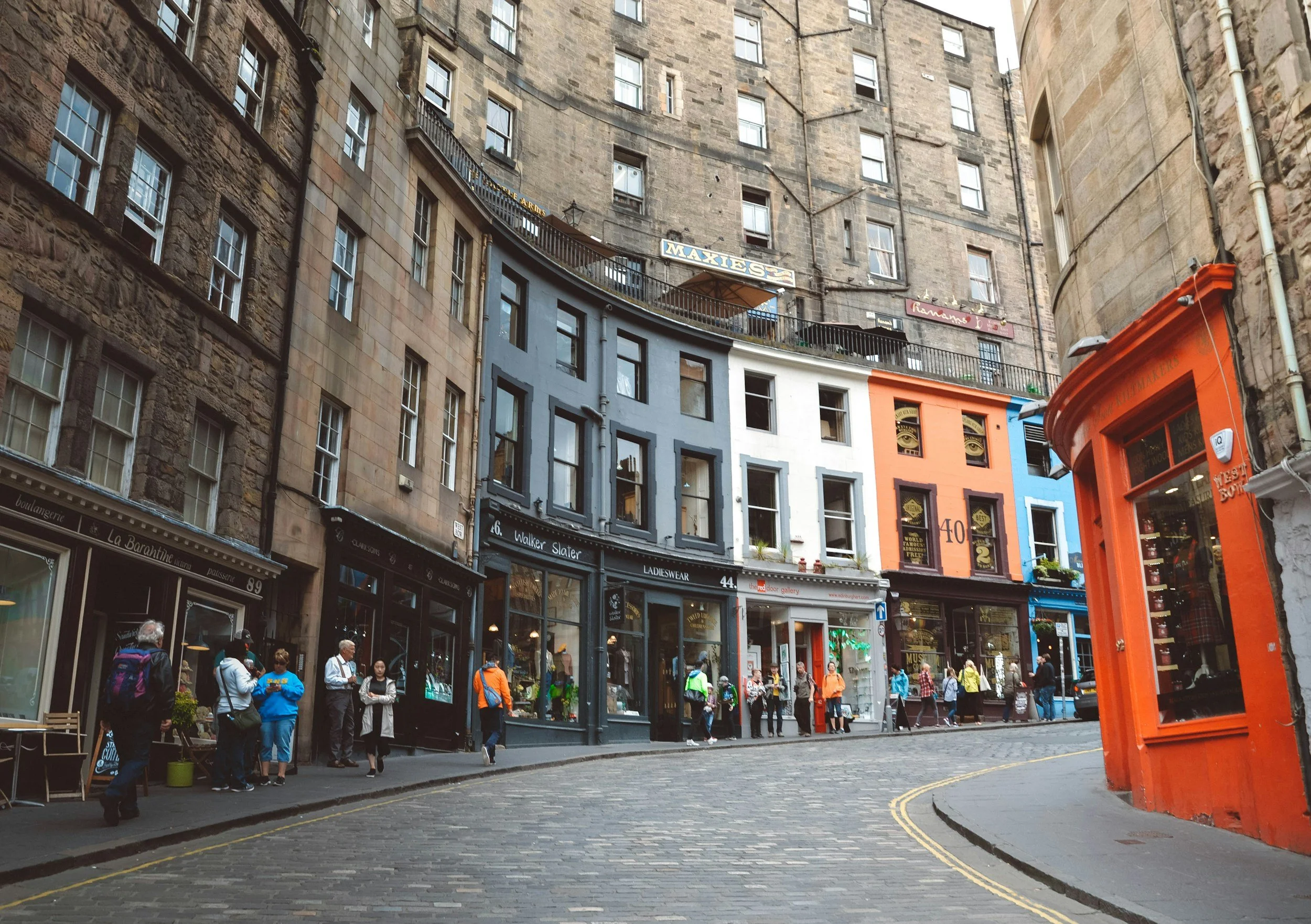Edinburgh’s Renaissance & Reformation: A City Transformed (16th–17th Century)
Step into Edinburgh’s most transformative era. From the rise of Holyrood Palace to the fiery sermons of John Knox, the Renaissance and Reformation shaped a city of power, print, and spiritual revolution.
Royal Ambition — The Rise of Holyrood Palace
From Abbey to Palace
In the early 16th century, James IV began construction on Holyrood Palace, expanding the site beside the historic abbey.
The palace became a symbol of royal grandeur, welcoming monarchs like:
James V, who completed much of its Renaissance architecture
Mary, Queen of Scots, whose dramatic life unfolded within its walls
A Stage for Royal Drama
Holyrood Palace wasn’t just a residence—it was a political and personal stage:
The murder of David Rizzio (Mary’s secretary) in 1566 shocked the court.
Royal weddings, plots, and councils were shaped here.
The Power of the Printed Word
Scotland’s First Printing Press
In 1508, printers Walter Chepman and Andrew Myllar introduced Scotland’s first press in Edinburgh.
This revolutionized literacy, spreading:
Religious texts
Political pamphlets
Poetry and literature to a growing public
Fueling Reform and Identity
The press played a major role in spreading Protestant Reformation ideas, including:
Sermons by John Knox
Translations of the Bible and polemics against Catholicism
A City at the Heart of the Scottish Reformation
John Knox and St Giles’ Cathedral
Edinburgh became the intellectual and religious heart of the Scottish Reformation.
John Knox, a fiery reformer, preached at St Giles’ Cathedral, pushing for a Protestant Scotland.
His sermons sparked:
Icon-smashing mobs
Massive religious and political shifts
The rise of Presbyterianism
Lasting Change
The Reformation reshaped the city’s architecture, institutions, and daily life:
Monasteries were closed
Holyrood Abbey was left in ruins
The Kirk replaced the crown as the people’s power
Travel Tip — Walking the Renaissance Roots
Visit Holyrood Palace for royal chambers, artifacts, and scandalous stories
Walk to St Giles’ Cathedral and imagine Knox preaching to packed crowds
Stop by The Museum of Edinburgh to see early books and printing relics
Conclusion: A City Reborn
The 16th and 17th centuries redefined Edinburgh—not just as a seat of monarchy, but as a crucible of change. From printed revolutions to religious reform, every stone tells the story of a city on the edge of modernity.
Curious about Edinburgh’s rich history or dreaming of your own European adventure? Let’s make it happen. I’d love to help you plan a personalized journey that brings your travel dreams to life—one historic cobblestone at a time. Let’s connect!


